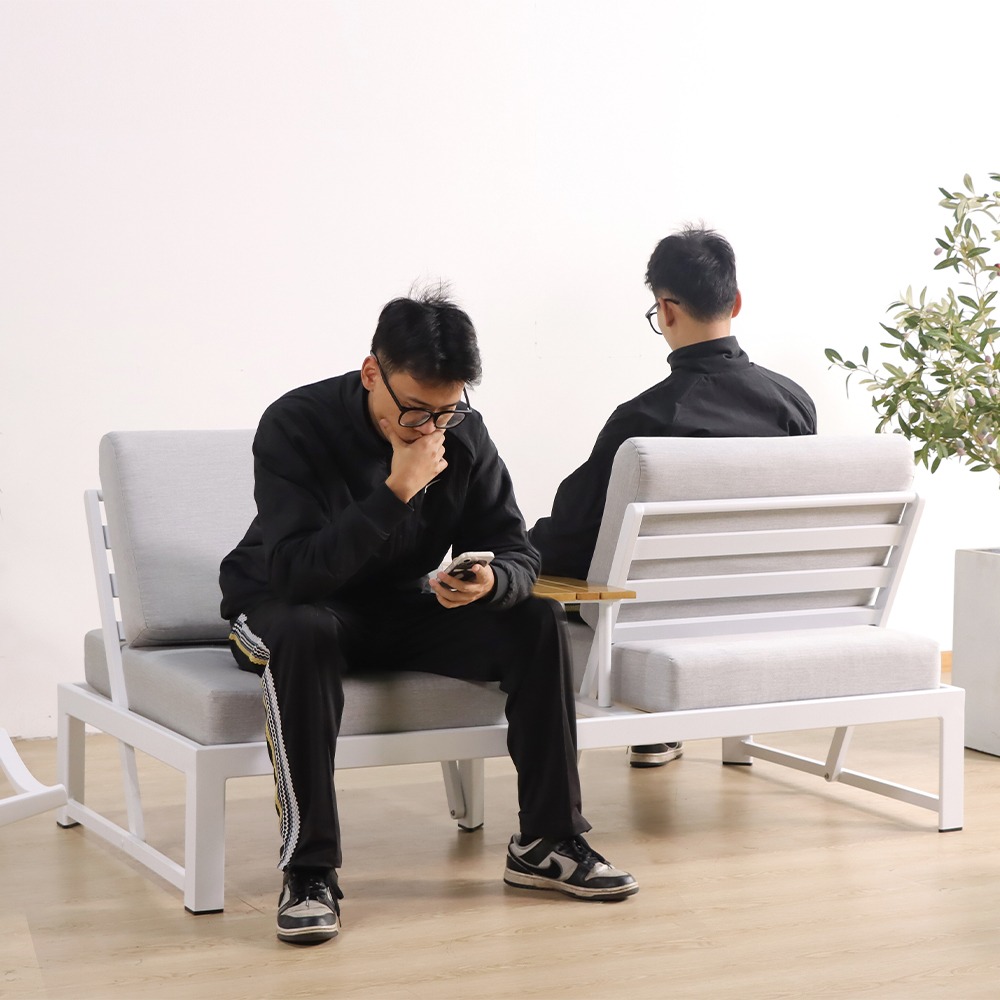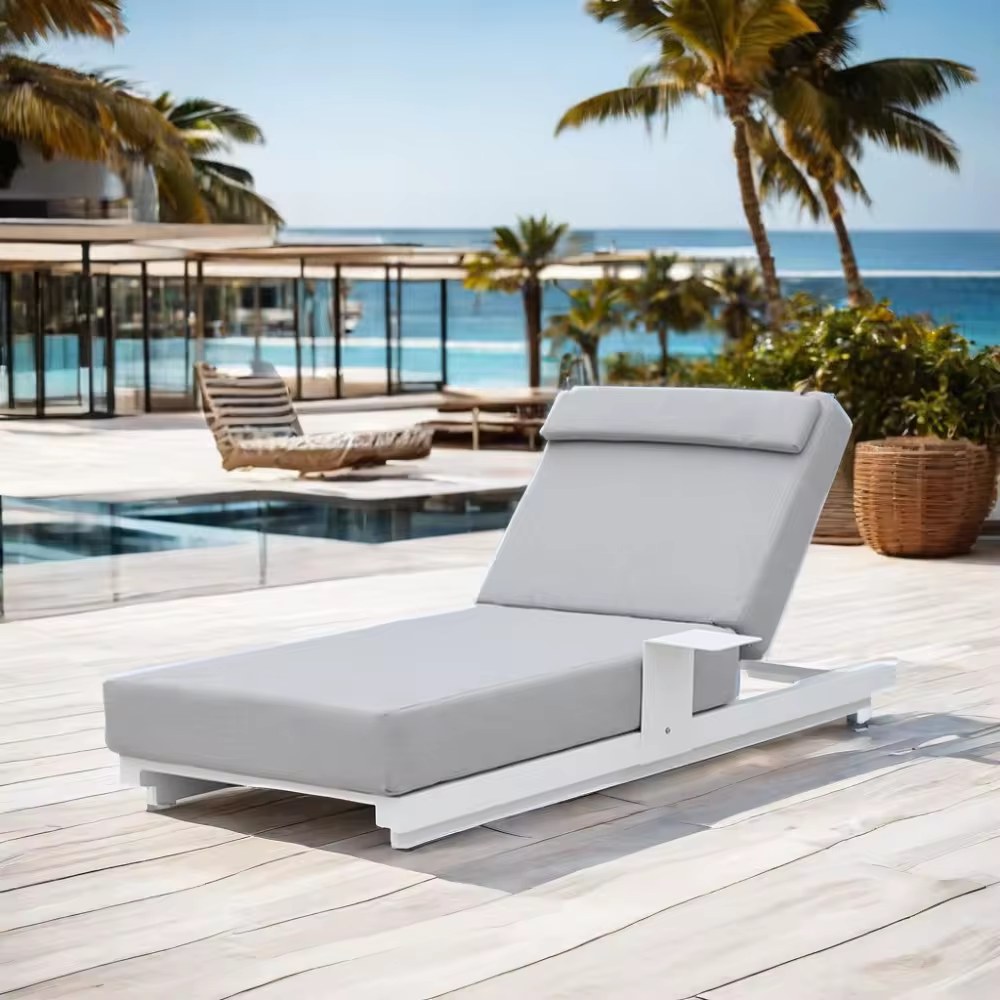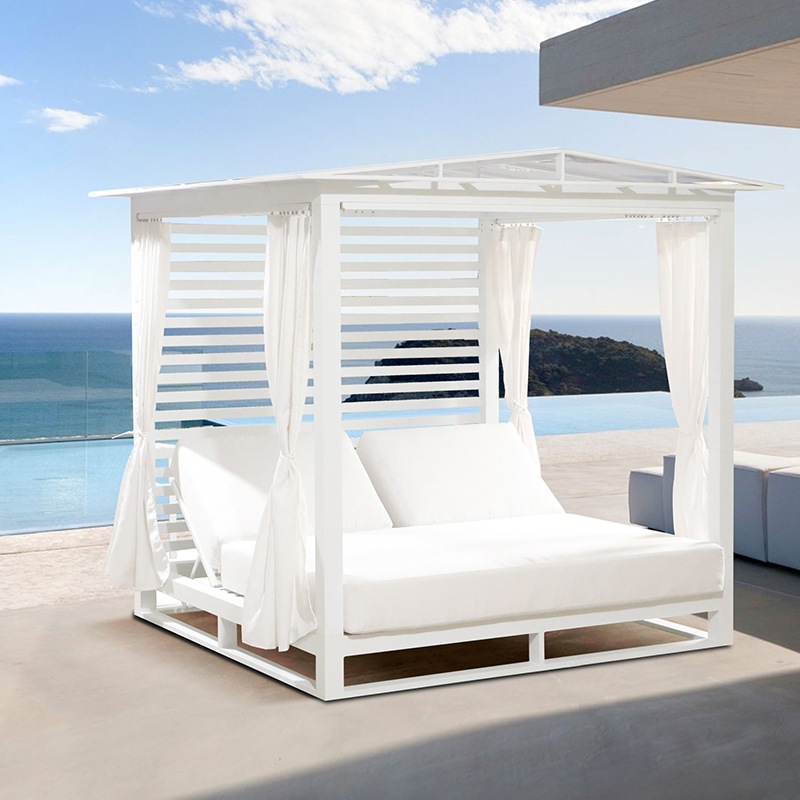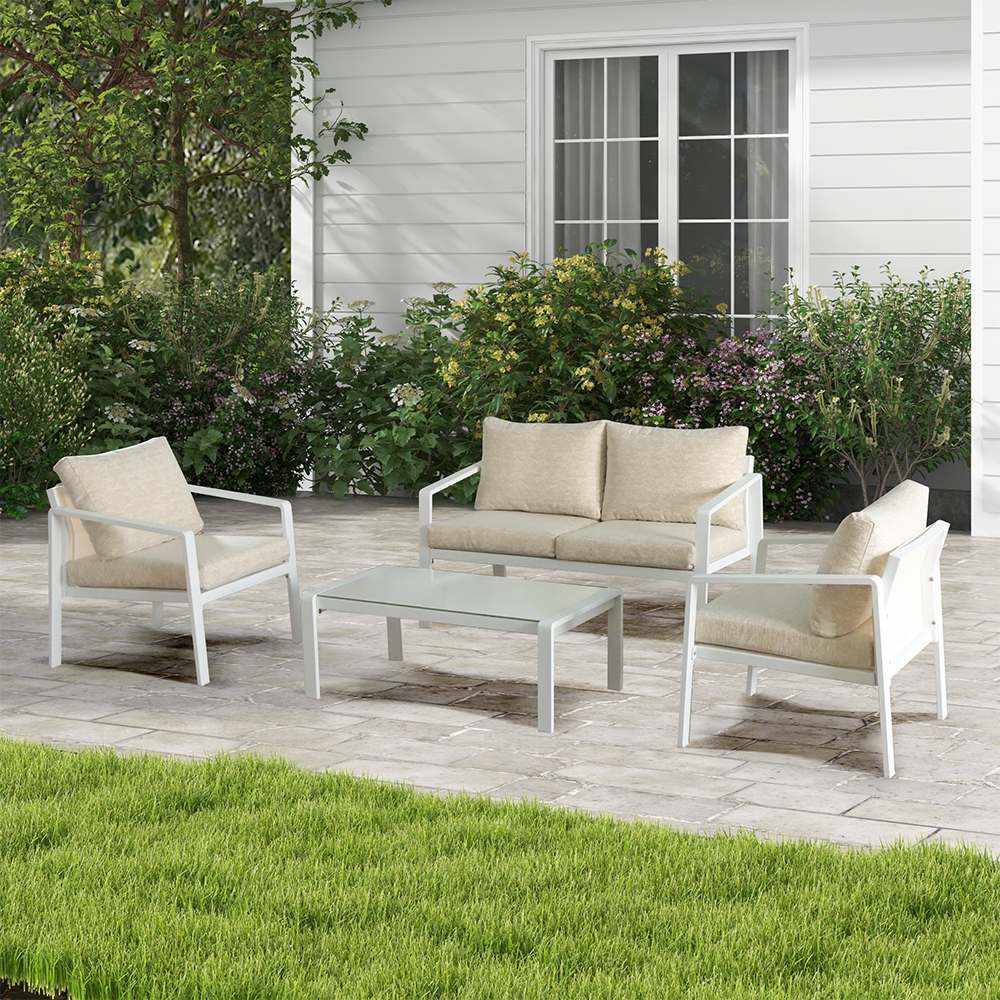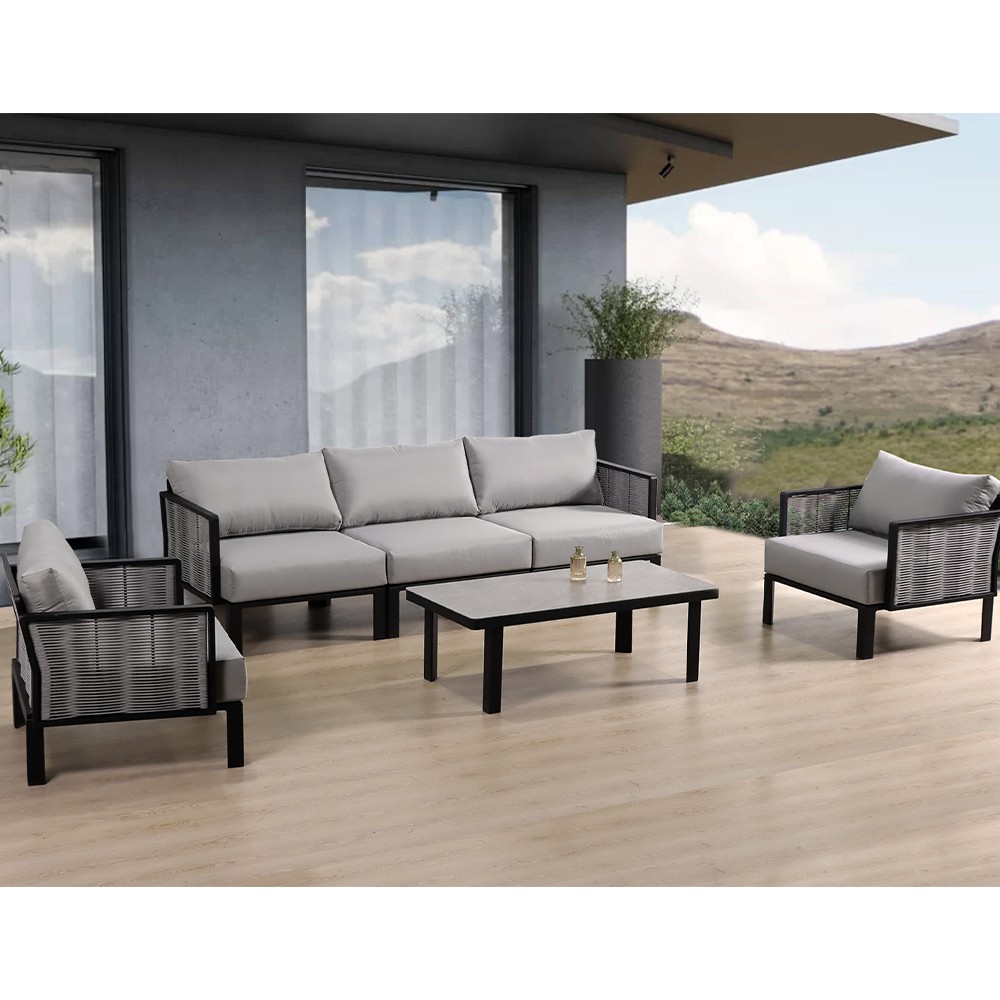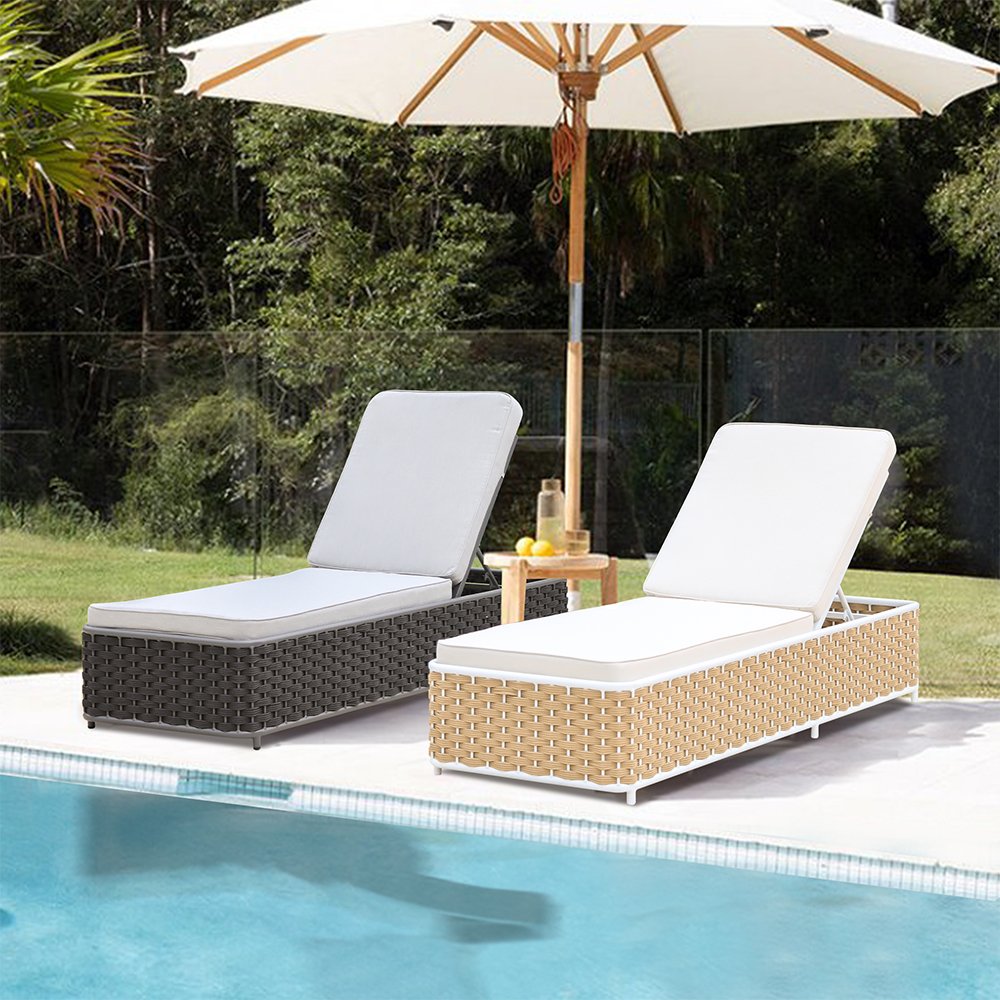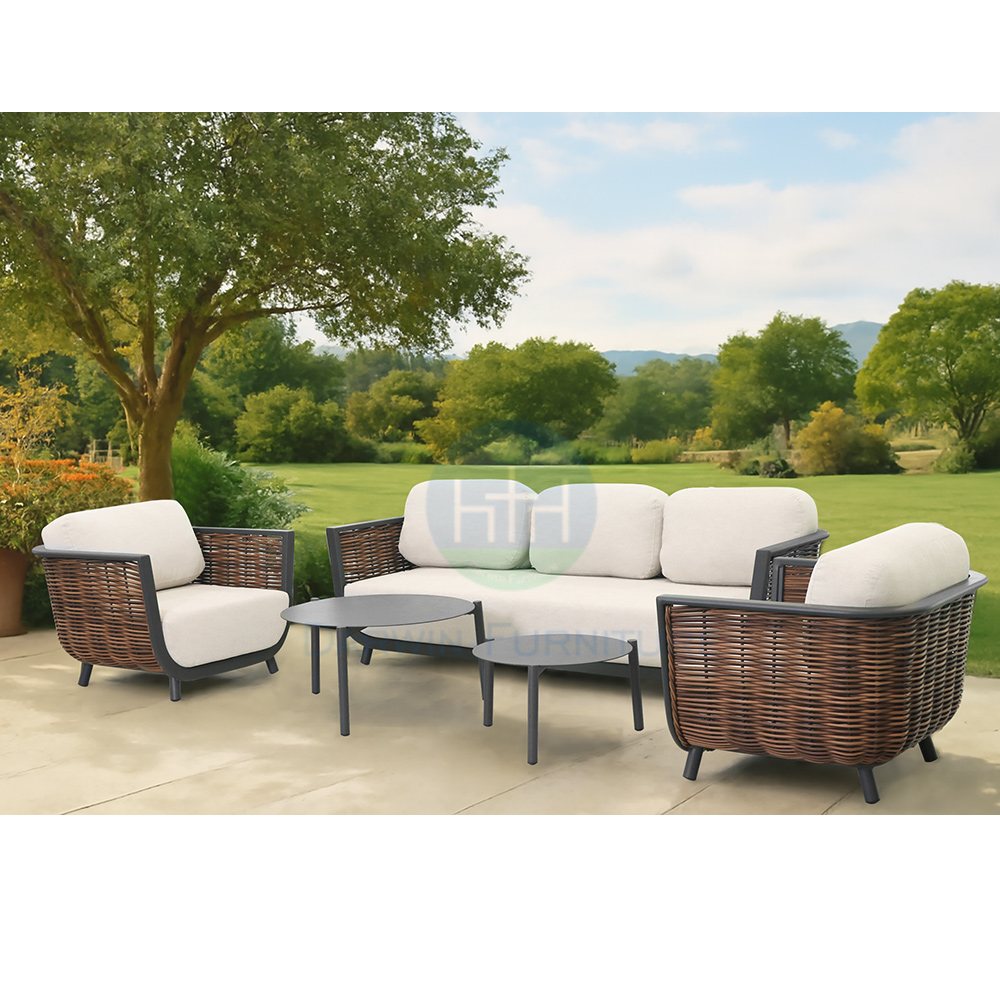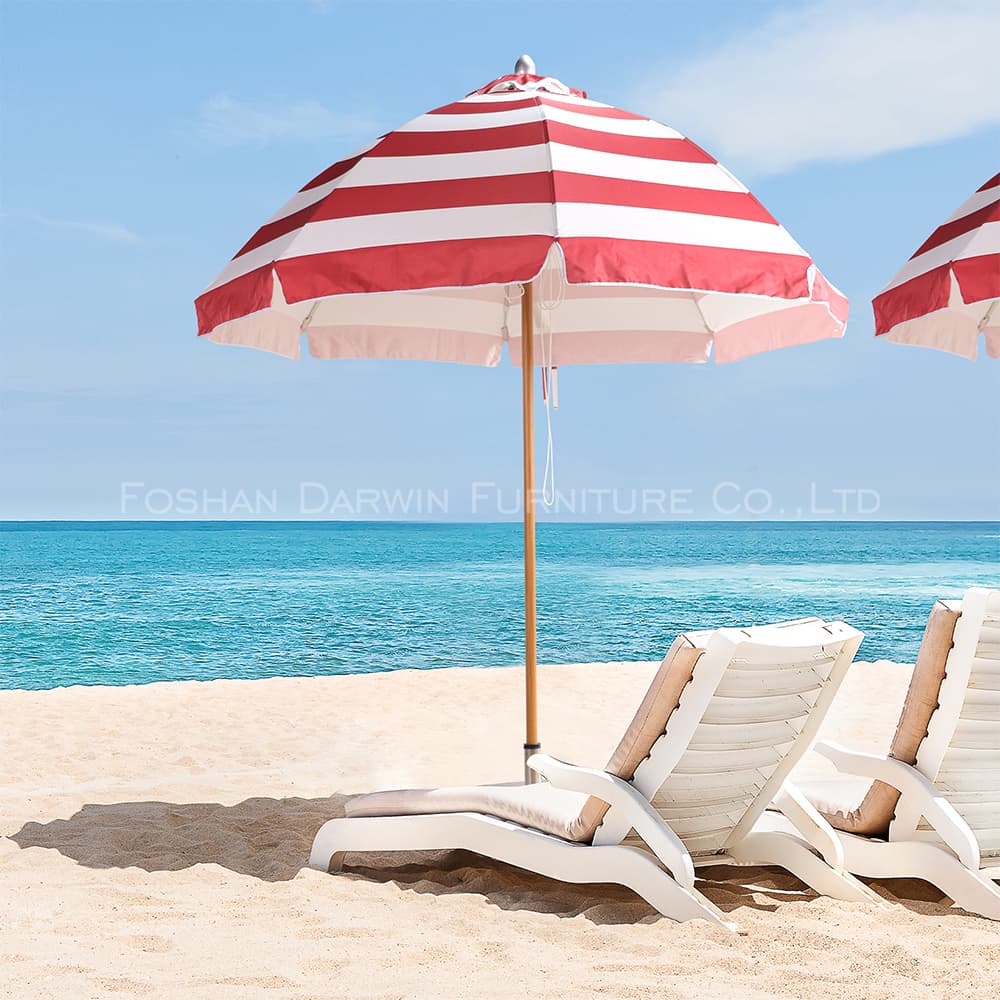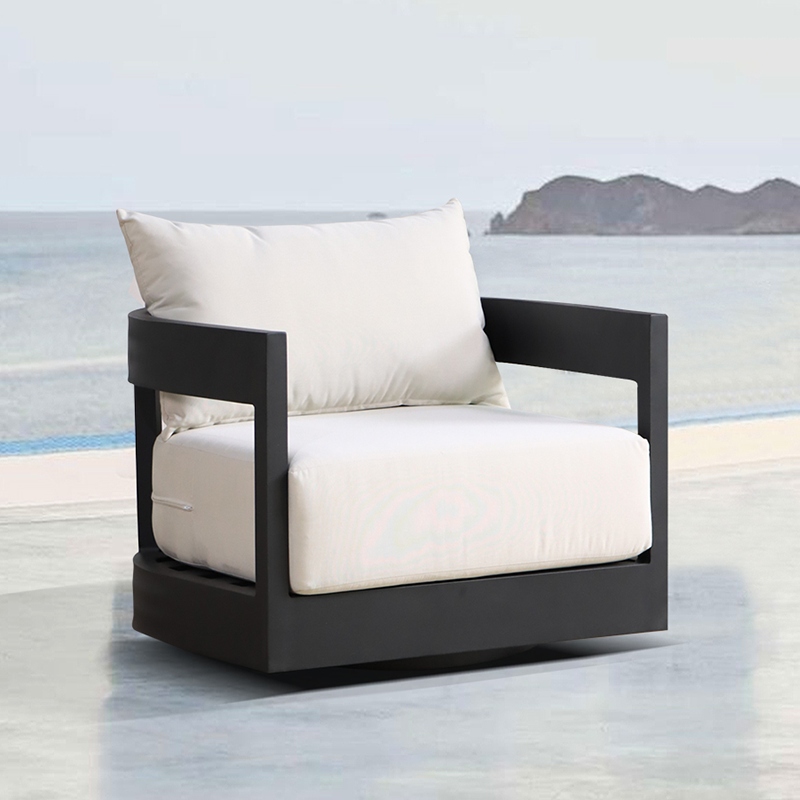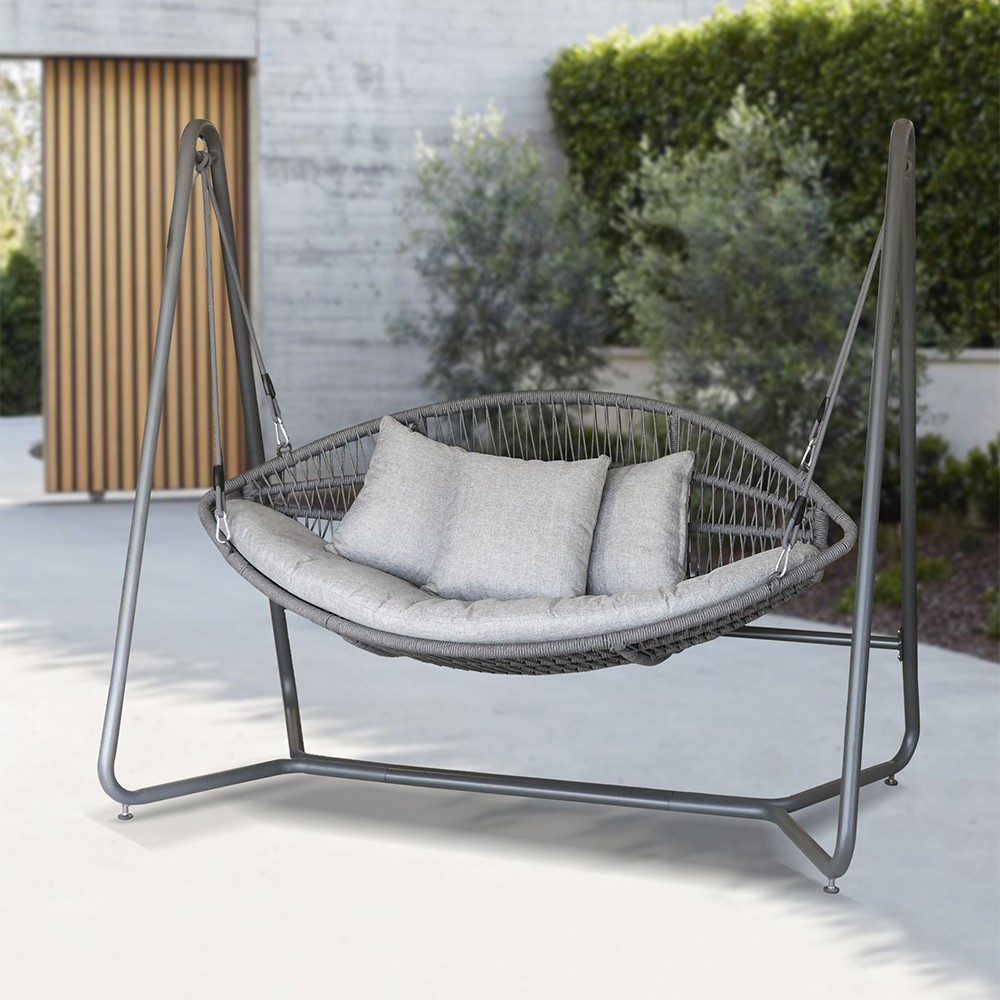The Ultimate Showdown: Aluminum vs. Stainless Steel for Outdoor Furniture
When we envision leisurely moments in our gardens or on our terraces, a durable and aesthetically pleasing set of outdoor furniture is a must. When it comes to choosing outdoor furniture, the material is of utmost importance, and aluminum and stainless steel are two popular choices that often catch our attention. What exactly are the differences between them, and how should we make our decision? Today, we'll take an in-depth look at the five key distinctions between aluminum and stainless steel to help you find the perfect outdoor furniture.
1. Strength: Sturdy and Durable vs. Light and Resilient
Thanks to its dense molecular structure, stainless steel boasts exceptional inherent strength, much like a powerful "tough guy." Outdoor furniture frames made of stainless steel can easily bear heavy loads. Whether you're placing bulky outdoor decorations or accommodating multiple family members and friends, they remain as stable as a mountain, making them ideal for large outdoor gatherings where high load-bearing capacity is required.
Although aluminum is slightly inferior in absolute strength, its strength-to-weight ratio is remarkable, comparable to a nimble "warrior." Weighing only about one-third as much as stainless steel, aluminum alloys, processed with special techniques, can ensure strength while significantly reducing the overall weight of the furniture. Just imagine, when you need to move outdoor tables and chairs to adjust the layout, aluminum furniture allows you to do so effortlessly.
2. Weight: Light and Agile vs. Stable and Solid
The lightness of aluminum endows outdoor furniture with great flexibility. In the garden, you can freely change the arrangement of the furniture, easily creating different outdoor spatial layouts. For families that often host outdoor parties or events, this convenience is particularly valuable. Moreover, the light weight also makes transportation and installation more convenient, and even female users can complete the tasks with ease.
Stainless steel furniture, on the other hand, is relatively heavy. This weight gives it a stable demeanor, making it less likely to be blown around when placed outdoors. In coastal areas with strong winds, it provides a more stable user experience. However, its heavy weight also limits its mobility, and it may be a bit inconvenient if you need to adjust the furniture's position frequently.
3. Cost: The Cost-Effective Choice vs. The Quality Investment
From a cost perspective, aluminum is usually the more cost-effective option. Aluminum is abundant in the earth's crust, and its extraction and processing are relatively straightforward, which makes aluminum outdoor furniture more affordable. For consumers on a budget, it's an excellent choice. Additionally, with continuous upgrades in craftsmanship and design, aluminum furniture can also exhibit a high-quality appearance and texture.
Stainless steel furniture is often more expensive due to its complex production process and high raw material costs. However, its outstanding durability and long service life make it a quality investment. If you seek long-term and stable performance and don't mind the higher initial investment, stainless steel furniture can offer you years of worry-free outdoor use.
4. Corrosion Resistance: Self-Healing vs. Basic Protection
In outdoor environments, furniture is constantly exposed to wind, sun, and rain, so corrosion resistance becomes a crucial factor. Chromium, contained in stainless steel, reacts with oxygen in the air to form an extremely thin yet tough passive film. This film is like an "invisible armor," effectively preventing oxygen and moisture from coming into contact with the metal and causing rust. Even if the surface is scratched, chromium can quickly react with the environment to repair the protective film, continuously safeguarding the furniture.
When aluminum comes into contact with air, a thin layer of aluminum oxide forms on its surface, providing some rust protection. However, compared to stainless steel, this protective layer is less effective. When faced with highly corrosive substances such as acid rain or salt-laden sea breezes, aluminum furniture is more prone to corrosion and may show signs of damage.
5. Thermal Conductivity: Cool to the Touch vs. Sensitive to Temperature
In the sweltering summer, the thermal conductivity of furniture directly affects the user experience. Aluminum has good thermal conductivity and can dissipate heat quickly. When you sit on an aluminum outdoor chair, you won't feel the long-lasting heat, but instead enjoy a cool and comfortable experience, allowing you to fully savor the beauty of the outdoors.
Stainless steel has relatively high thermal conductivity. Under direct sunlight, it quickly absorbs heat and transfers it to the surface, feeling hot to the touch, which can be quite uncomfortable. If you choose stainless steel outdoor furniture, you may need to pair it with cushions or sunshades to improve the experience.
In conclusion, both aluminum and stainless steel have their own merits in the realm of outdoor furniture. If you prioritize lightness, cost-effectiveness, and comfort during summer use, aluminum outdoor furniture is the ideal choice. On the other hand, if you value sturdiness, excellent corrosion resistance, and are willing to invest in high-quality, long-lasting furniture, stainless steel will better meet your needs. We hope this analysis helps you select the most suitable outdoor furniture and create a unique outdoor leisure space!
welcome to our website for distributor: www.darwincn.com
welcome to our website for project : www.iprivategarden.com


